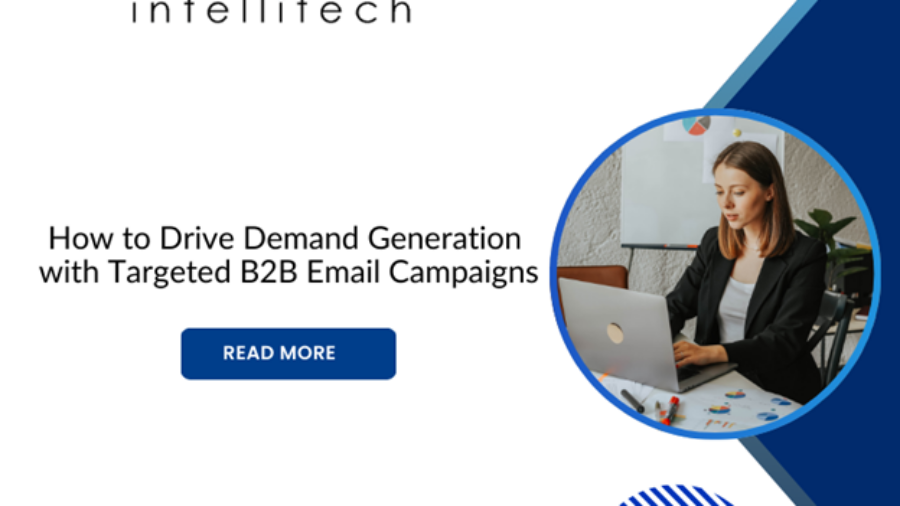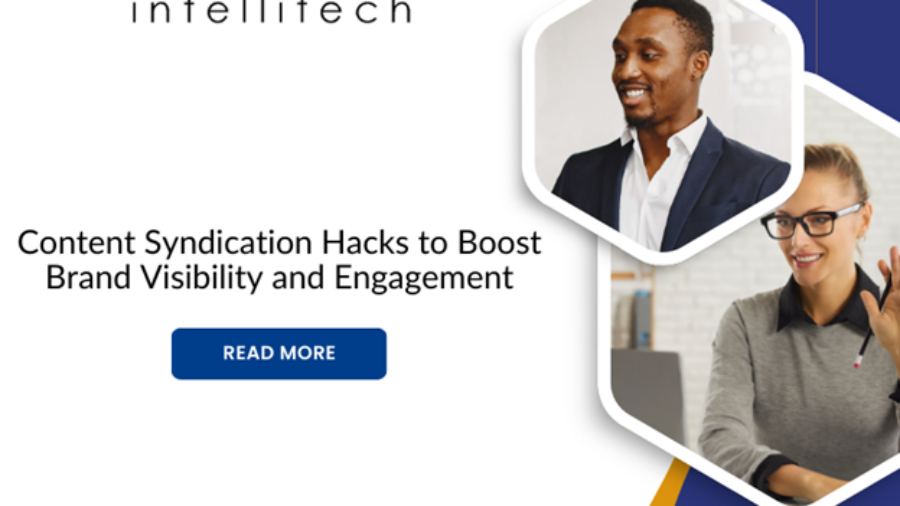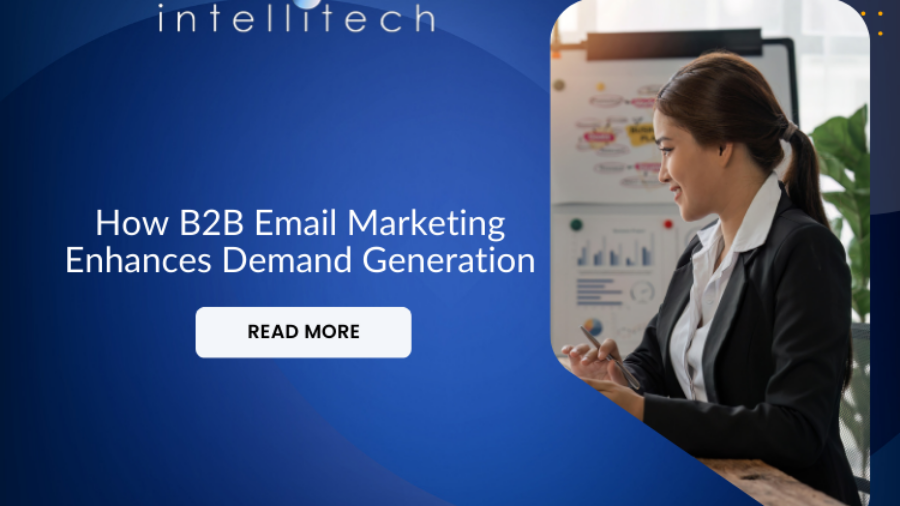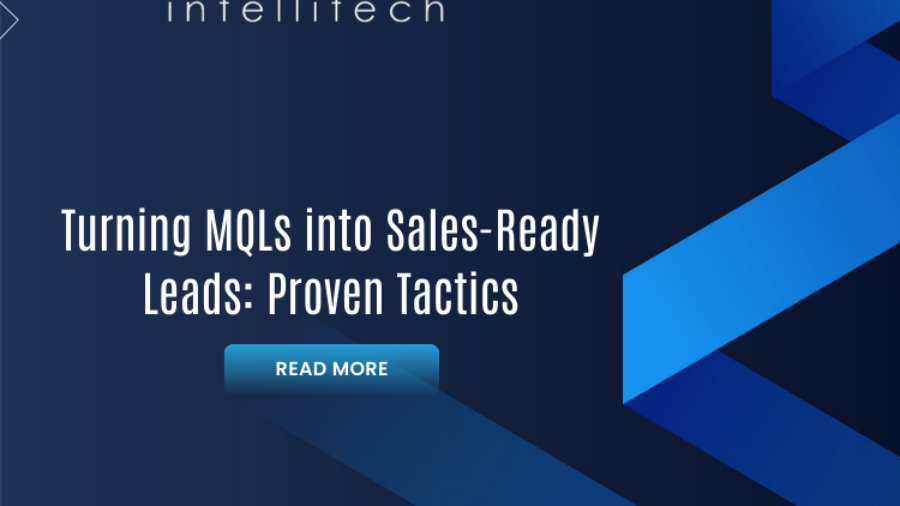Content syndication has emerged as a powerful strategy in B2B marketing, allowing businesses to distribute valuable content across third-party platforms and reach a wider audience. By leveraging content syndication, companies can drive brand awareness, generate high-quality leads, and nurture prospects more effectively. Measuring the ROI not only justifies the marketing spend but also helps in optimizing future campaigns. In this blog, we will explore the key steps and metrics to accurately measure the ROI of content syndication campaigns.
Tracking Lead Generation and Conversion Rates
One of the primary goals of content syndication is lead generation, making the number of leads acquired a crucial metric for measuring ROI. It’s important to track the quality of leads by monitoring how many convert into marketing qualified leads (MQLs), sales qualified leads (SQLs), or customers.
Calculating Cost Per Lead and Customer Acquisition Cost
Cost per lead is another critical metric when evaluating the ROI of content syndication. To calculate this, simply divide the total cost of the content syndication campaign by the number of leads generated. For a more comprehensive view, track the Customer Acquisition Cost, which involves factoring in how many of those leads convert into paying customers.
Measuring Engagement and Influence on the Buyer’s Journey
Content syndication doesn’t just help generate leads; it also plays a role in nurturing prospects by offering valuable content throughout the buyer’s journey. Additionally, monitoring the influence of syndicated content on the buyer’s journey helps assess ROI. By tracking touchpoints, you can determine the extent to which content syndication influenced their decision-making process, ultimately contributing to the ROI.
Conclusion
Measuring the ROI of content syndication campaigns requires a combination of quantitative and qualitative metrics that provide a comprehensive view of performance. As content syndication continues to be a vital component of B2B marketing, ensuring you can accurately measure its ROI will lead to more efficient marketing spend and greater returns for your organization.










